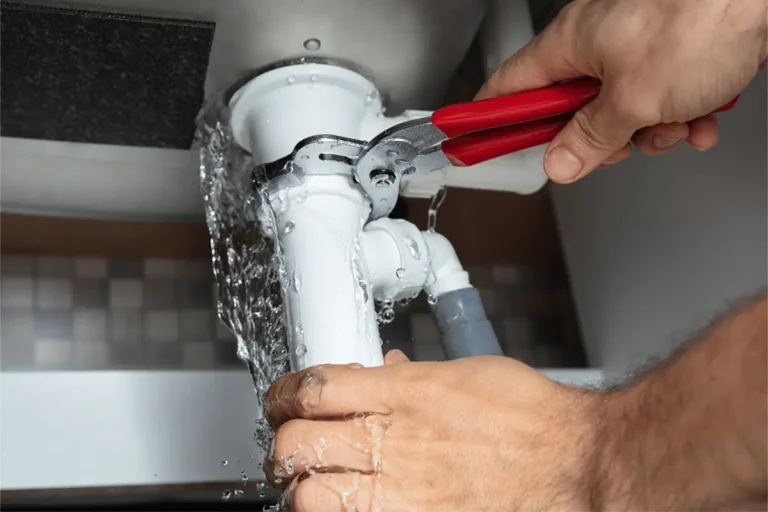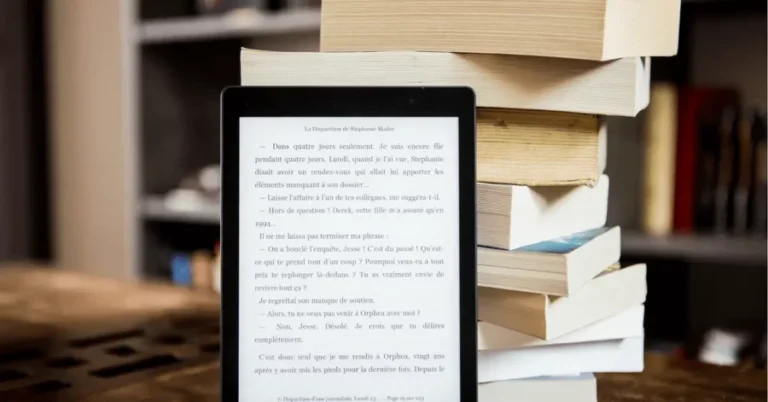Training your dog to use interactive toys can be both fun and beneficial for their mental and physical well-being. Interactive toys engage dogs in stimulating activities that can prevent boredom and promote problem-solving skills. Here’s a guide on how to train your dog to use the best interactive dog toy effectively:
1. Choose the Right Toy:
Start by selecting the best interactive dog toy that is suitable for your dog’s size, age, and chewing habits. Toys with compartments for treats or puzzles with movable parts are great choices. Ensure the toy is safe and durable.
2. Introduce the Toy:
Begin by introducing the toy to your dog in a calm environment. Let them sniff and inspect it to get familiar. Use positive reinforcement like treats or praise to create a positive association with the toy.
3. Demonstrate and Encourage:
Show your dog how the toy works. For example, demonstrate how to move parts to reveal treats or how to push buttons to activate sounds or movements. Encourage them to interact with the toy by offering treats for any interaction, even initial curiosity.

4. Use Treats as Motivation:
Place treats inside the toy or in its compartments to motivate your dog to engage with it. Start with easy challenges where treats are easily accessible, then gradually increase difficulty by making treats harder to reach.
5. Offer Guidance:
Initially, guide your dog through the process if they seem unsure. For instance, help them nudge a lever or lift a flap to get the treat. This helps them understand the goal and encourages independent problem-solving.
6. Regular Practice Sessions:
Schedule regular sessions to play with interactive toys. Keep these sessions short and enjoyable, aiming for around 10-15 minutes per session. Consistency helps reinforce learning and keeps your dog interested.
7. Increase Difficulty Gradually:
As your dog becomes proficient, make the challenges more complex. Introduce toys with multiple steps or ones that require different actions to get rewards. This keeps their mind engaged and prevents boredom.
8. Rotate Toys:
To maintain interest, rotate different interactive toys weekly or bi-weekly. This prevents your dog from getting bored with the same toy and encourages the exploration of new challenges.
9. Monitor and Supervise:
Always supervise your dog during playtime with interactive toys, especially initially. This ensures their safety and helps you intervene if needed. Remove any broken or damaged toys promptly.
10. Celebrate Progress:
Celebrate your dog’s achievements and progress. Offer enthusiastic praise, extra playtime, or special treats when they successfully solve a challenging toy. Positive reinforcement strengthens the bond between you and encourages continued learning.








